Tokyo City Guide
5 years ago by
One of my favorite things about owning and running tokyobike in the Americas is my annual trip to Tokyo—a time to reflect on the past year, plan for the next, and deepen my connection to the city upon which our brand was born. Each trip and every season is unique, bringing distinct moments of surprise and delight, new perspectives and a continued appreciation for a very special way of life. This last visit was certainly no exception.
Every time I land in Japan, my body goes through the same initial steps of adaptation—the first of which is the language. As someone whose Japanese is limited to the basic hai, arigato, and onegai shimasu‘s (in addition to every fish name you may need at a Sushi restaurant, of course), I immediately go into curiosity mode. I want to know and absorb everything that is around me.
Since we often land later in the day, our routine is similar on every trip: head to the hotel, drop our luggage and go out in search of a late-night meal. Food in Japan has always been where I find comfort and familiarity, so this first meal, even if typically quick and simple, always feels like the first lunch my mom prepares when we’re visiting Brazil – a welcoming home.
In some neighborhoods, Tokyo can get pretty sleepy at night, so it’s not until the next morning that the next steps of adaption really kick in for me and they are pretty easily summarized by: re-learning the subway system, getting used to riding a bicycle on the other side of the street and navigating the respectful, yet dense crowds.
The crowds are something Tokyo is known for–we’ve all seen the beautifully controlled chaos of the busiest intersection in the world, Shibuya Crossing. In contrast, I like to explore the city in what we, at tokyobike call the Tokyo Slow way. This is not a speed thing, but a mindset. There are many guides I could share of Tokyo, but these locations are a small window into what Tokyo Slow means to me—a refreshing reminder that there are other ways to see and experience life.


Grab a bike and visit the neighborhood that has inspired this concept. Located north of Ueno Park, Yanaka is one of the oldest and most preserved parts of Tokyo. It escaped WWII bombings and survived the Great Kanto Earthquake and Fire of 1923, and as such, is dense with temples and history and operates at a scale unique to the city. The streets are narrow, the businesses are family-owned and mostly dedicated to one kind of craft, and the area is evolving to be a destination for authentic food and design. If you’re curious about the neighborhood and places to go, here’s a link to our evolving city guide.
Sushi Omakase is the epitome of Tokyo Slow. Patience, respect for the food, craft, and an appreciation of the subtle are what makes it my favorite meal. Sushi Hayakawa’s slow journey starts from the moment you try to locate it. Hidden several floors up, inside a nondescript building, an entry behind a 24-hour convenience store and no signage, you will be immediately surprised by its beauty once inside. Black walls, traditional wood counter, and one lone Bonsai tree are the background for this 6-seat sushi bar. Chef Akira Hayakawa offers a very unique perspective on a traditional practice, where aged fish is part of the menu. For the chef, freshness isn’t always the best, and aging sushi can be as delicious as aged beef. The process depends on the condition of the fresh raw fish, after which it is vacuum packed and kept under ice temperatures for about 2 hours a day until consumed. Lastly, the Hayakawa Special Roll is simply to die for, a char-seared otoro (super fatty tuna) with truffles and minced onions, best enjoyed with truffle soy sauce. Sublimely rich and unique.


Newly renovated, this 12-seat counter restaurant is welcoming and beautiful. Family-owned and staffed, the husband is the talented chef and the wife, an accomplished sake sommelier. The recommendation here is to go with the soul of the restaurant – the Yakitori Omakase paired with sake. I grew up in Brazil eating most parts of the chicken, particularly in ‘canja’, a traditional rice and chicken soup my grandma used to cook whenever I was ill. Thus yakitori, regardless of how wild, has never been foreign to me. Torichataro, on the other hand, has taken the experience to a different level. I would ask you, even if you aren’t the most adventurous eater, to keep an open mind when visiting this spot. While you can go pretty conservative, there were two very unique dishes not to be missed. This was the first time in my life I have eaten raw chicken which is served like a seared sashimi. While alarming in many cultures, keep in mind chicken is a delicacy in Japan and as such, raised, farmed and prepared very differently than in the western hemisphere. As a result, very safe for consumption, albeit rare. Chochin is also a must. This is a smoked oocyte, another Japanese delicacy and just as rare. Dare I say this was likely the most delicious thing I have ever tasted. While some may consider Yakitori as simply chicken on skewers and the salaryman’s food, it is always a reminder of how waste doesn’t exist nor belong in Japanese culture, and every part of the animal should be appreciated and enjoyed.


Omotesando Koffee was long considered one of the best coffee shops in Tokyo. Personally, I thought it was good, but never understood the hype. When the owners closed their Shibuya location and opened the new Koffee Mameya, I could not wait to visit, as it completely embodies the essence of Tokyo Slow. Literally translated as ‘beans shop’, their approach is not of a coffee shop, but of coffee curators—they do not roast, but source the best single-origin beans in the world. From your time in line, until you get to taste your choice of coffee, it might be anywhere from 45 min to 1.5 hours, but do not be discouraged. You will be asked a few key questions to begin your coffee journey, learn about the range and difference between the various roasts, be entertained by the history of each bean, and ultimately find the perfect match for you. While you’re not required to buy any beans, the coffee we brought home was a delicious reminder of our visit, but unfortunately didn’t last enough mornings.


You probably won’t have many reasons to go to Kiyosumi-Shirakawa, but if riding a bicycle across the Sumida river is not enough, this store should do it. ten is one of those places that envelops you in peace the moment you walk in. You see beauty everywhere – from the carefully sourced objects and clothing featuring small Japanese makers, to the craftsmanship that went behind the design and making of the store. Every little corner has something new to offer. Another family love affair, the store is owned by Sae Yamamoto and the detailed and original steelwork was done by her partner, Kodai Kawaii. ten is a reminder that stores like this can only exist in habitats like Japan, where shopping locally is highly appreciated.


Another example of thoughtful retail, Yaeca Apartment Store is located on the 2nd floor of an unexpected Naka-Meguro building. This is a small and cozy setting where you will find a minimal collection of products and a carefully constructed everyday wear line. There are two additional locations in Tokyo and each is individually unique. Make sure you also visit Yaeca Home Store in Shirokane, a blend between retail and residence, where they host a selection of artwork and modern furniture by famous designers and artists, in addition to their clothing and accessories lines.
If you’re looking for more tips, click here for more details on my last visit, where to stay, and more places to eat and visit. And if you’re looking for even more, here’s our tokyobike Sakura guide.



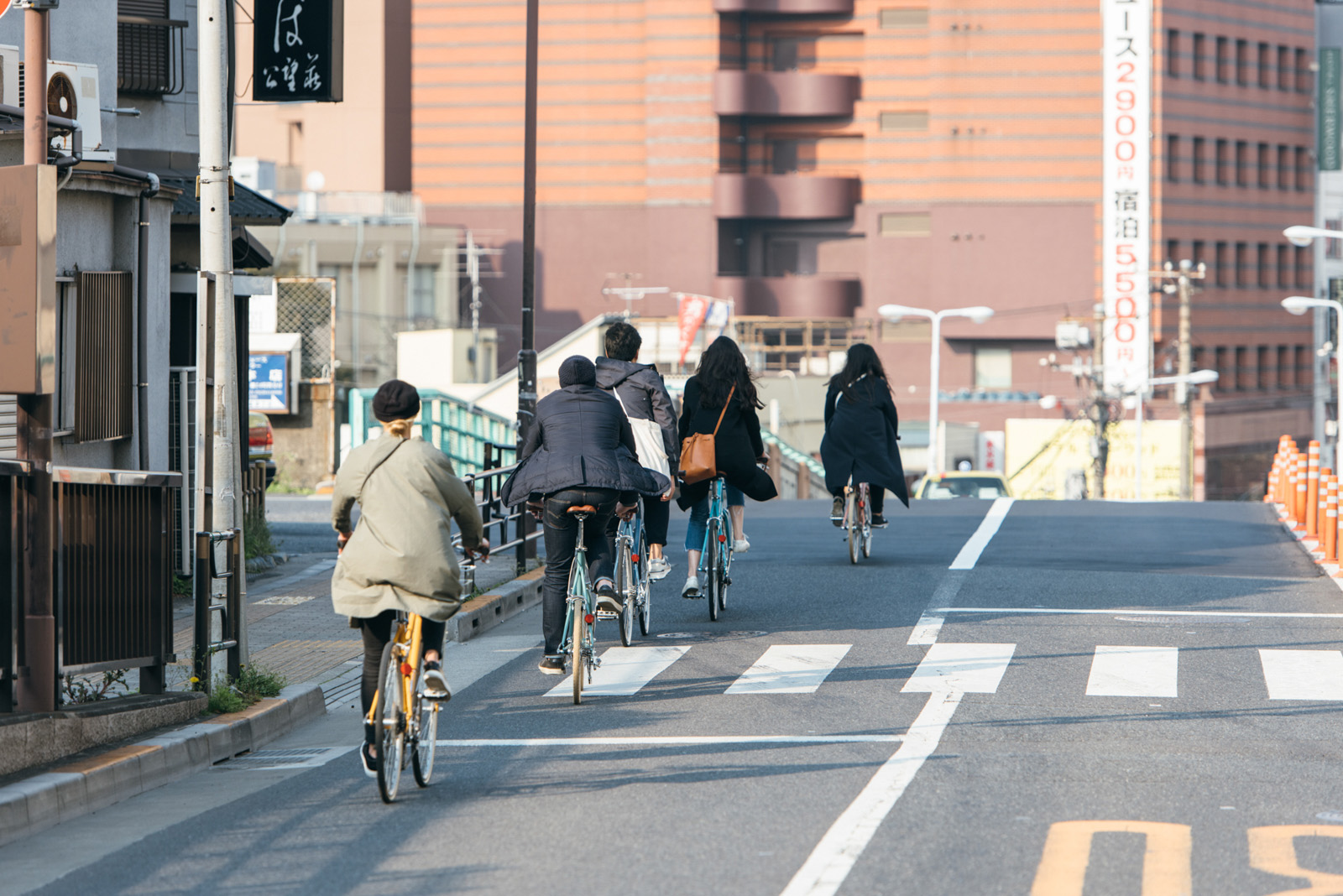
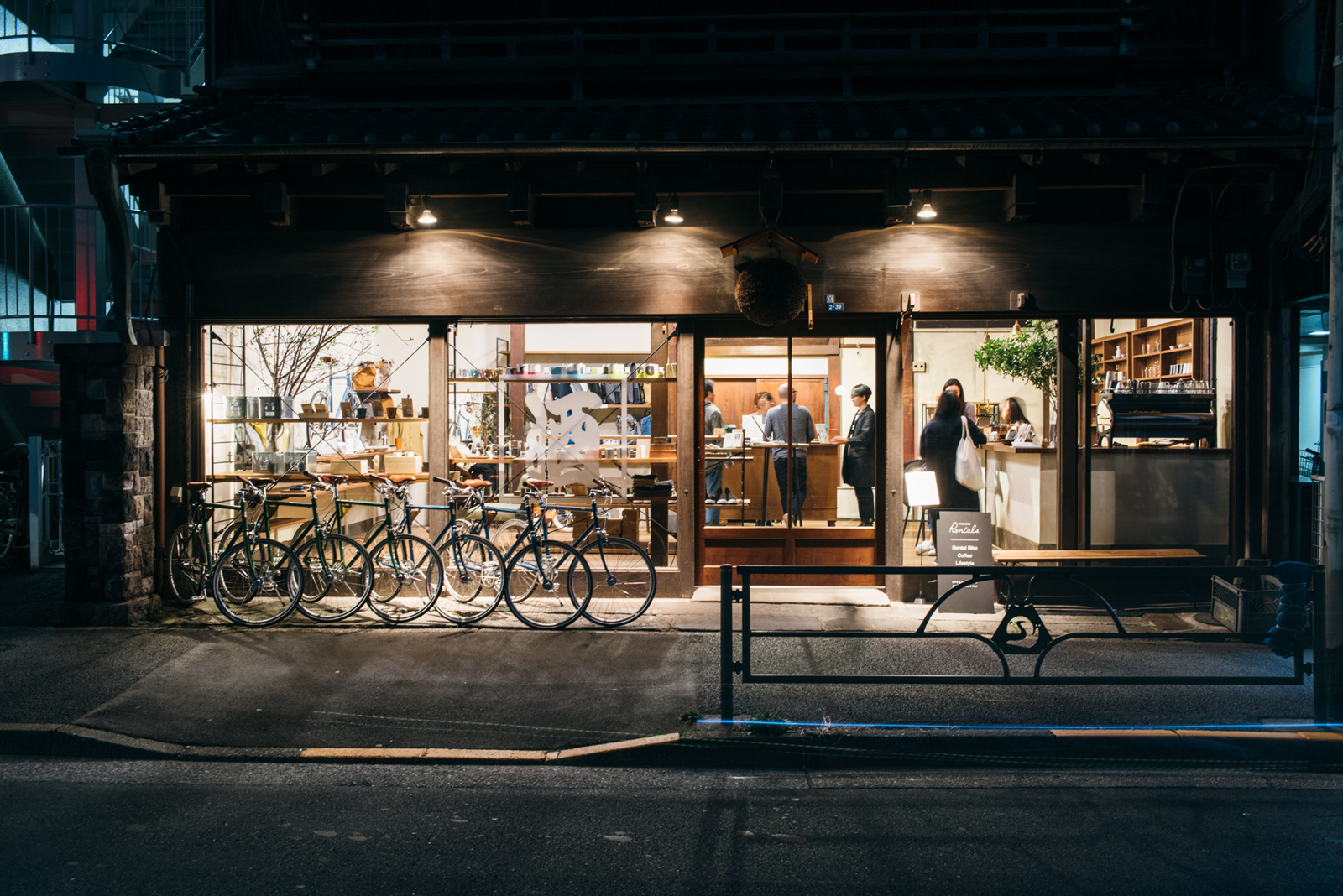
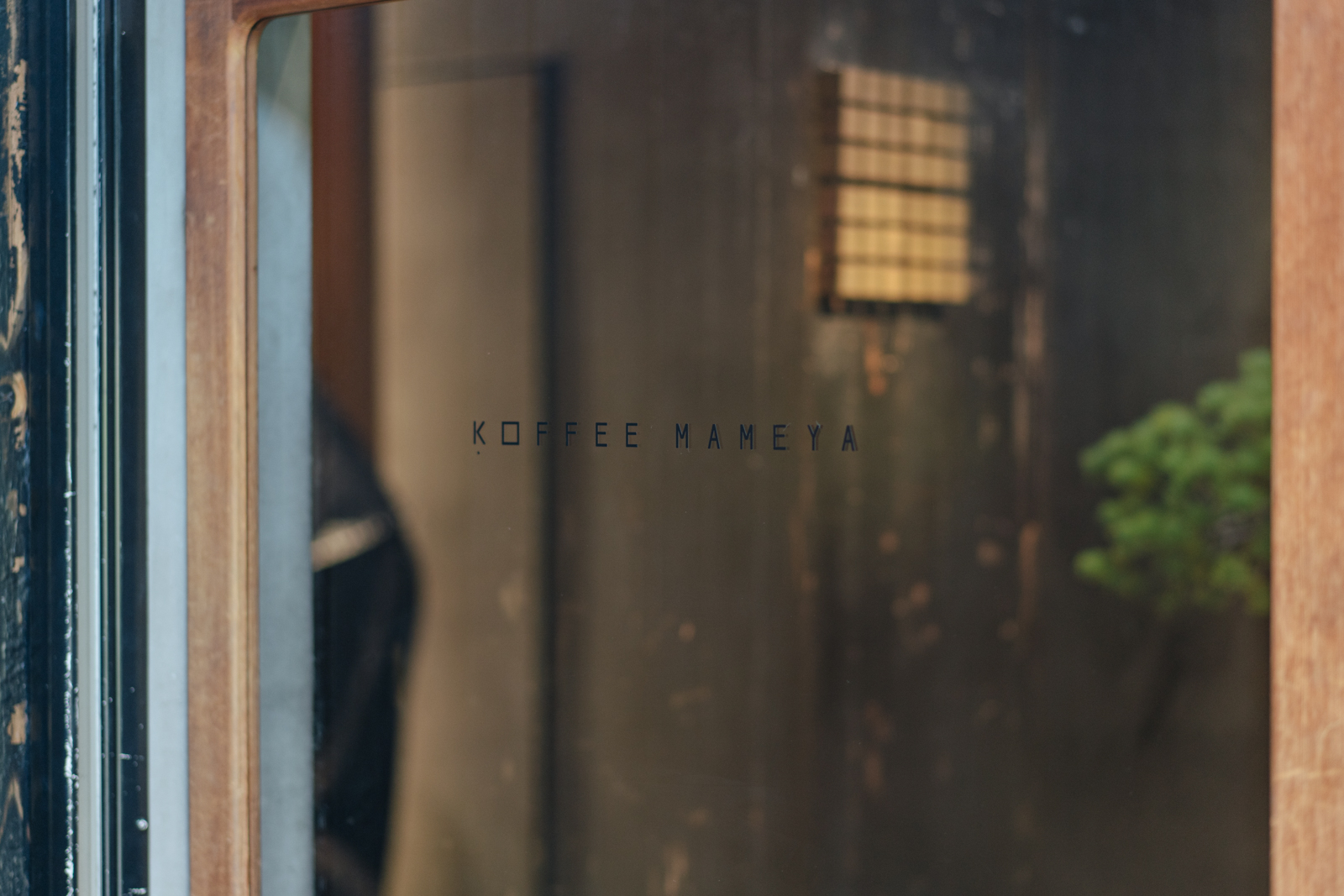
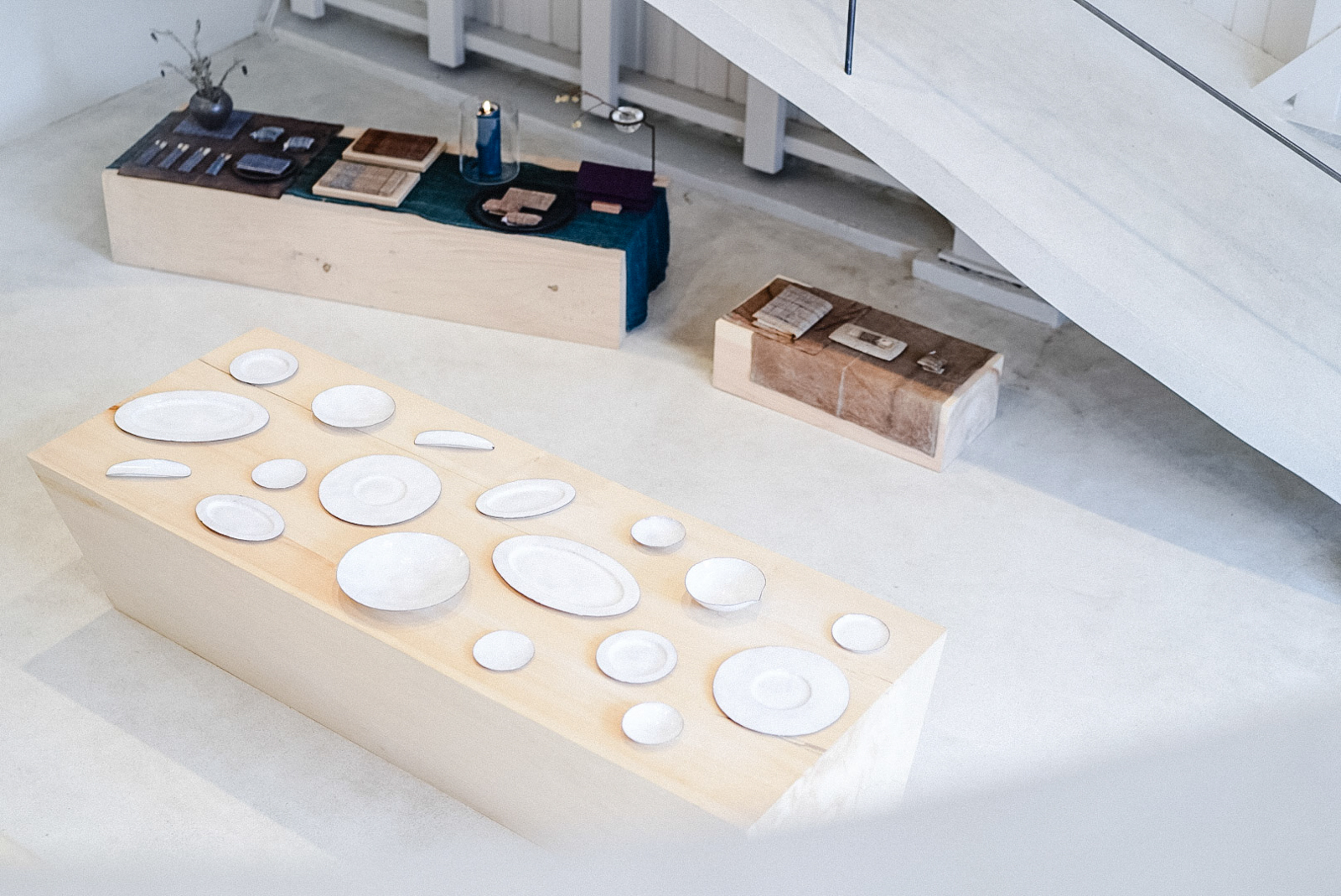
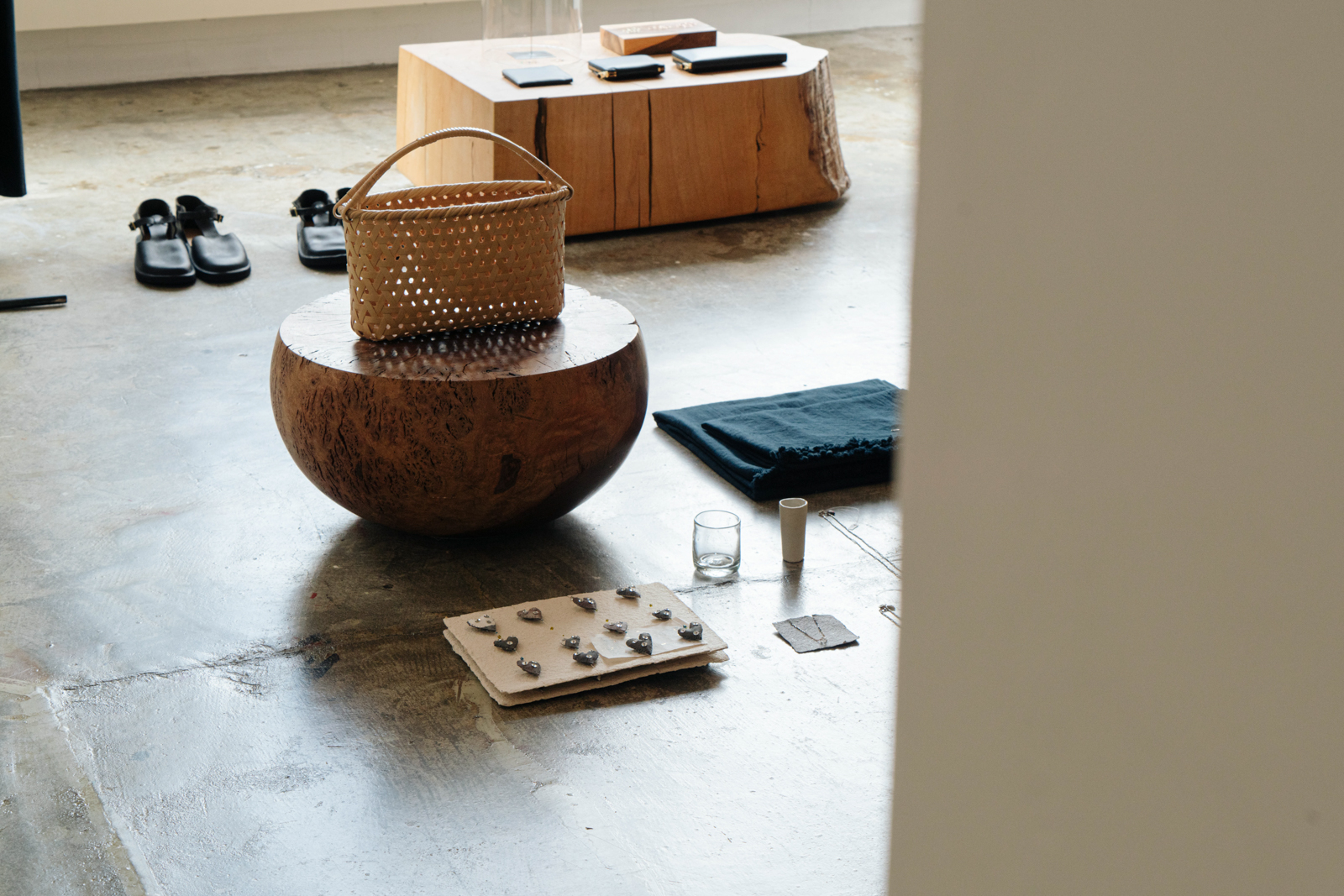





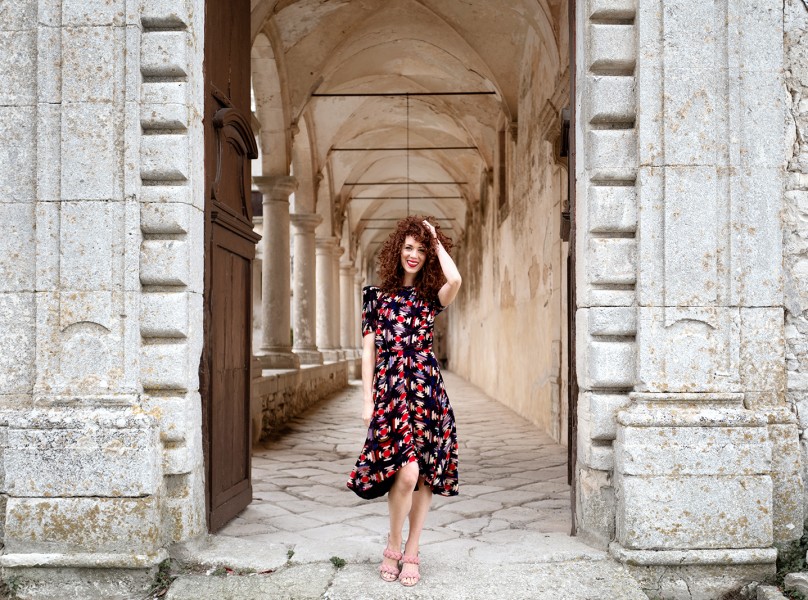





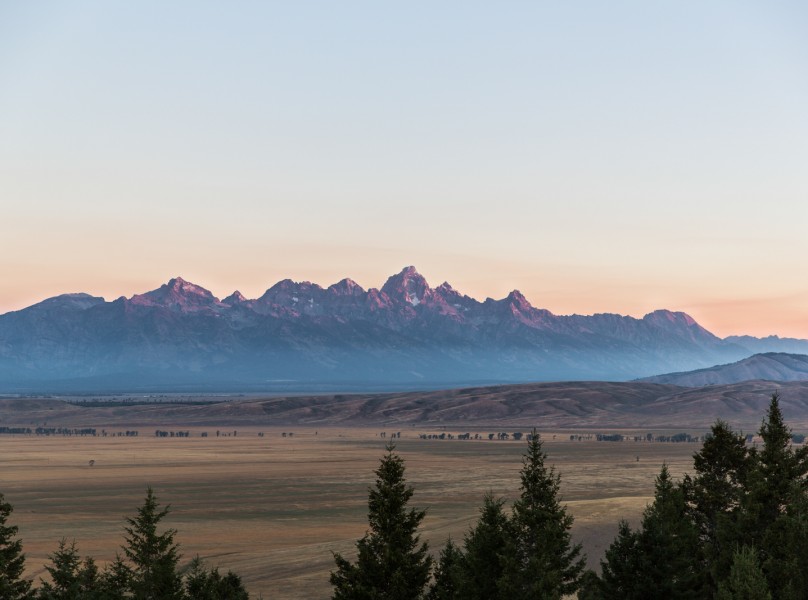












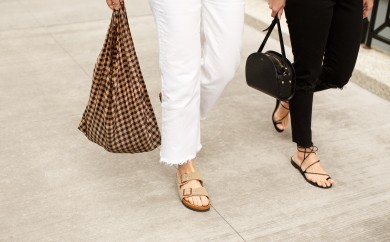
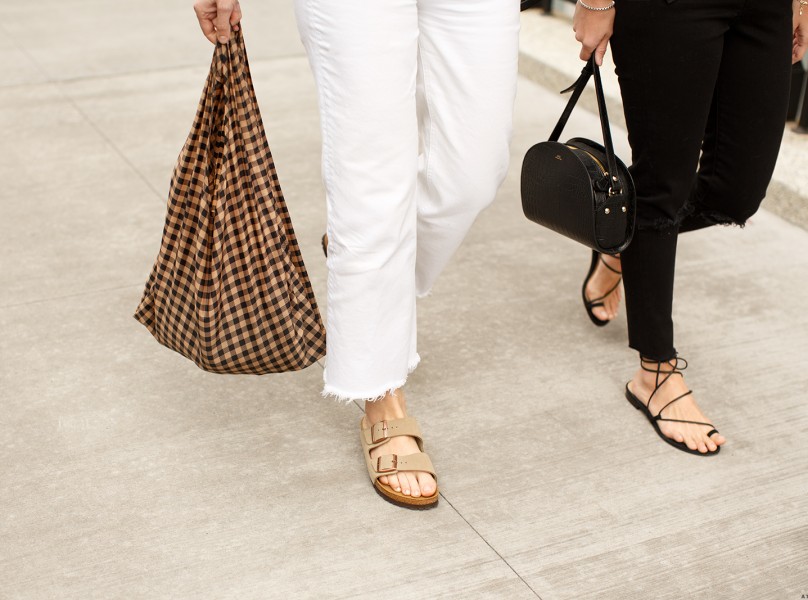
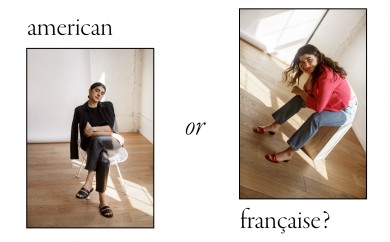
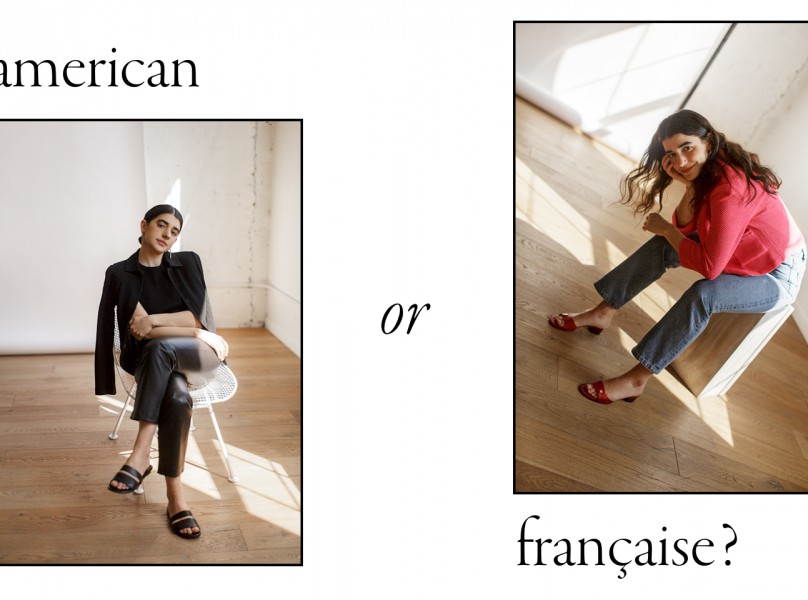








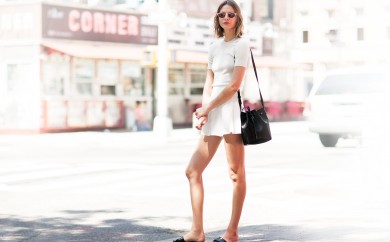

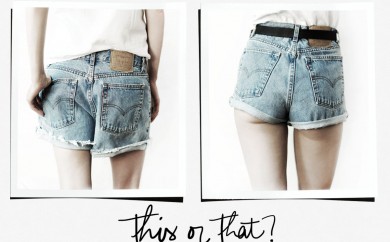



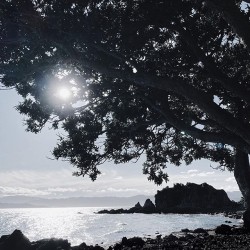

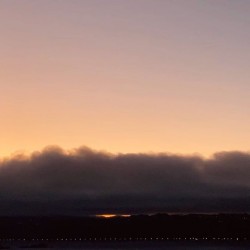
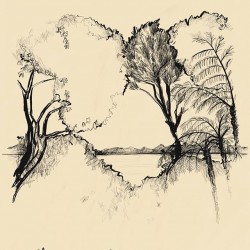
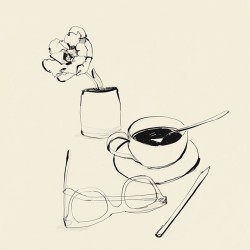

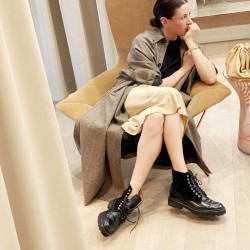
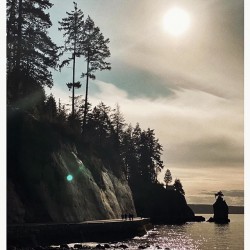

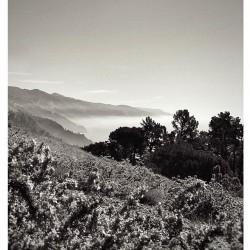
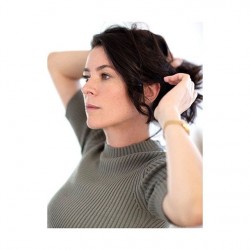
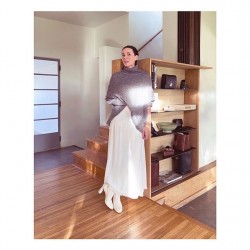
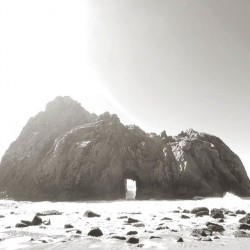
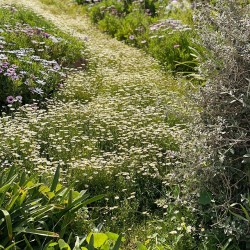


great blog!
Wonderful!
how I’d love to visit Tokyo some day!
Gorgeous and inspiring.
Interesante y único !!!